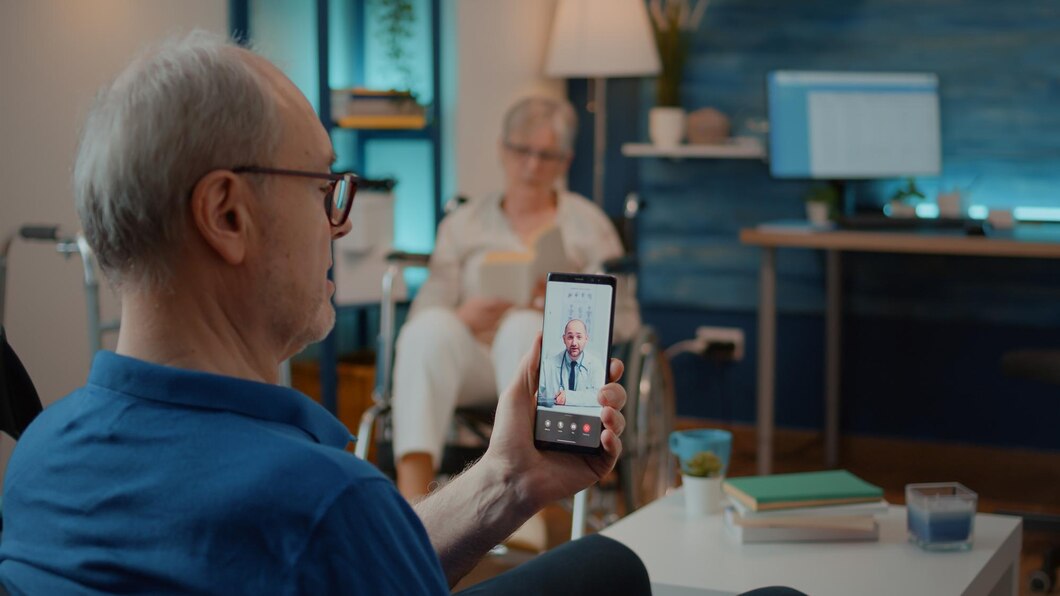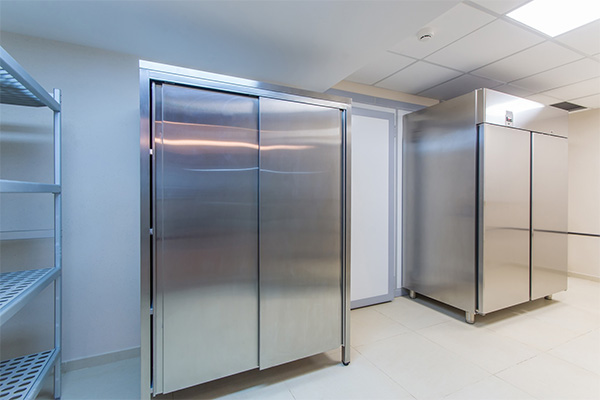
Remote Patient
In recent years, the healthcare landscape has seen a massive technological shift, with remote patient monitoring (RPM) emerging as a key player. This innovative approach is redefining how care is delivered, particularly for patients with chronic conditions or those living in remote areas. But what makes RPM so revolutionary, and how does it directly impact patient outcomes and healthcare efficiency? Whether you’re a healthcare provider, a tech enthusiast, or simply someone curious about the future of medicine, this blog post will shed light on how RPM is transforming the industry.
Understanding Remote Patient Monitoring
Remote patient monitoring involves the use of digital technology to collect medical data from patients in one location and electronically transmit it to healthcare providers in a different location. This real-time data transmission includes vital signs, blood pressure, glucose levels, and more. The goal is to maintain constant communication between patients and their medical teams without the need for frequent in-person visits. By bridging the gap between patients and healthcare providers, RPM ensures that individuals receive timely care and interventions.
The advent of remote patient monitoring has opened up new avenues for patient care. It allows healthcare professionals to monitor and manage patients with chronic illnesses like diabetes, hypertension, and heart disease more effectively. Patients equipped with RPM devices can engage more actively in their own care, leading to better adherence to treatment plans and improved health outcomes. Furthermore, RPM’s ability to alert healthcare providers to potential issues early on can prevent complications and hospitalizations.
One of the standout benefits of RPM is its ability to empower patients. With access to their own health data, patients become more informed and proactive partners in their healthcare journeys. This sense of empowerment encourages healthier lifestyle choices and greater compliance with medical advice. Additionally, RPM reduces the burden on healthcare facilities, making it possible for medical staff to focus on patients who require immediate attention.
Advancements in Remote Patient Monitoring Technology
Technological advancements have played a significant role in the success of RPM. Innovations such as wearable devices, mobile apps, and cloud-based platforms have made it easier than ever to collect and share health data. Wearable devices, for instance, allow patients to track their physical activity, heart rate, and sleep patterns. These insights provide healthcare providers with a comprehensive view of a patient’s overall health.
Mobile applications have further enhanced the functionality of RPM systems. Patients can use these apps to communicate with healthcare providers, schedule virtual consultations, and access educational resources. These apps also serve as reminders for medication and follow-up appointments, ensuring that patients stay on track with their treatment plans. Additionally, cloud-based platforms facilitate seamless data storage and sharing, enabling healthcare teams to make data-driven decisions swiftly.
The integration of artificial intelligence (AI) into RPM systems is another game-changer. AI algorithms can analyze vast amounts of patient data to identify patterns and predict potential health issues. This predictive capability allows healthcare providers to intervene before problems escalate, ultimately improving patient outcomes. AI-powered RPM systems are particularly valuable for mental health software, where timely interventions can make a significant difference in a patient’s well-being.
Enhancing Patient Outcomes Through RPM
Improving patient outcomes is at the heart of remote patient monitoring. By providing continuous monitoring and early detection of health concerns, RPM empowers healthcare providers to deliver personalized care tailored to each patient’s unique needs. This individualized approach enhances treatment efficacy and reduces the risk of complications.
Patients with chronic conditions often experience fluctuations in their health status. RPM enables healthcare professionals to closely monitor these changes and adjust treatment plans accordingly. For example, a patient with diabetes can benefit from RPM by receiving real-time feedback on their glucose levels. This feedback encourages better glycemic control and reduces the risk of acute complications.
Mental health is another area where RPM is making a positive impact. Mental health software integrated with RPM systems allows patients to track their mood, stress levels, and behavioral patterns. This data provides valuable insights for mental health professionals, enabling them to tailor interventions to address specific challenges. By fostering a deeper understanding of a patient’s mental well-being, RPM supports more effective treatment strategies.
Boosting Healthcare Efficiency with Remote Patient Monitoring
Efficiency is a critical factor in the healthcare industry, and RPM addresses this need by streamlining processes and optimizing resource allocation. Traditional healthcare models often involve time-consuming in-person visits for routine check-ups and monitoring. RPM eliminates the need for these visits, freeing up valuable time for both patients and healthcare providers.
With RPM, healthcare providers can efficiently monitor large patient populations without sacrificing quality of care. The continuous flow of data allows medical teams to prioritize patients based on their immediate needs, ensuring that high-risk individuals receive prompt attention. This efficient allocation of resources reduces wait times and prevents overcrowding in healthcare facilities.
Furthermore, RPM helps to minimize hospital readmissions—a costly issue for both patients and healthcare systems. By monitoring patients remotely and identifying potential complications early, healthcare providers can intervene proactively and prevent unnecessary hospitalizations. This not only improves patient outcomes but also reduces the financial burden on healthcare facilities and patients alike.
The Future of Remote Patient Monitoring
The future of healthcare is undeniably intertwined with remote patient monitoring. As technology continues to evolve, we can expect even greater advancements in RPM systems. The integration of 5G networks, for instance, will enhance the speed and reliability of data transmission, facilitating real-time communication between patients and healthcare providers.
Additionally, the expansion of telemedicine and virtual care will further complement RPM efforts. Patients will have access to comprehensive virtual healthcare services, allowing them to receive timely diagnoses and treatments without leaving their homes. This integrated approach will redefine the healthcare experience, emphasizing convenience, accessibility, and patient-centered care.
For healthcare professionals, the widespread adoption of RPM will require ongoing training and adaptation. Medical teams must be equipped to leverage data analytics and artificial intelligence to interpret the wealth of information generated by RPM systems. By staying at the forefront of technological advancements, healthcare providers can maximize the benefits of remote patient monitoring.
Conclusion
Remote patient monitoring is revolutionizing healthcare in ways that were once unimaginable. By leveraging cutting-edge technology, RPM improves patient outcomes, enhances healthcare efficiency, and empowers individuals to take an active role in their health journeys. From chronic disease management to mental health support, RPM is a versatile tool that addresses diverse healthcare needs.
As we move forward, the integration of RPM into mainstream healthcare practices will continue to shape the future of medicine. By prioritizing patient-centered care and harnessing the power of data, healthcare providers can deliver more effective and efficient services. To explore the possibilities of remote patient monitoring and its impact on your healthcare experience, consider reaching out to healthcare professionals or institutions that offer RPM solutions. Together, we can build a healthier and more connected world.
Keep an eye for more news & updates on BuzzTeleCast!





